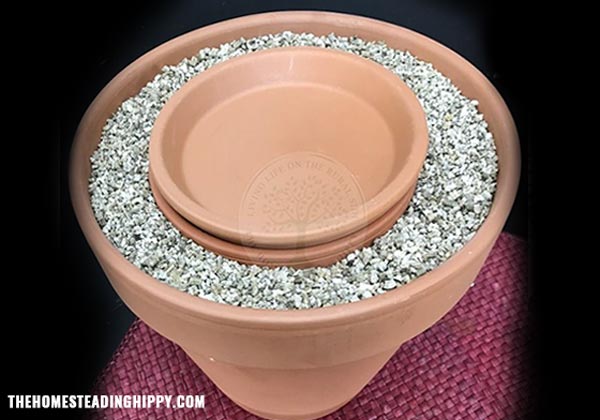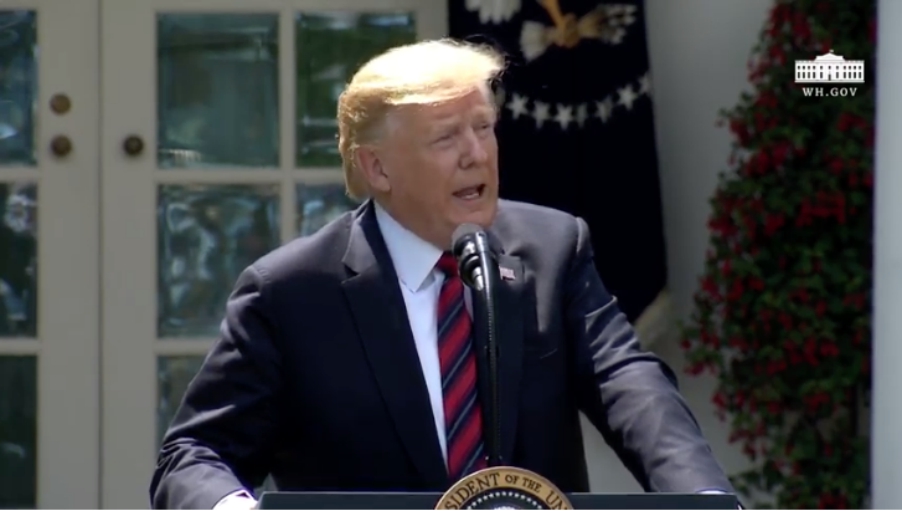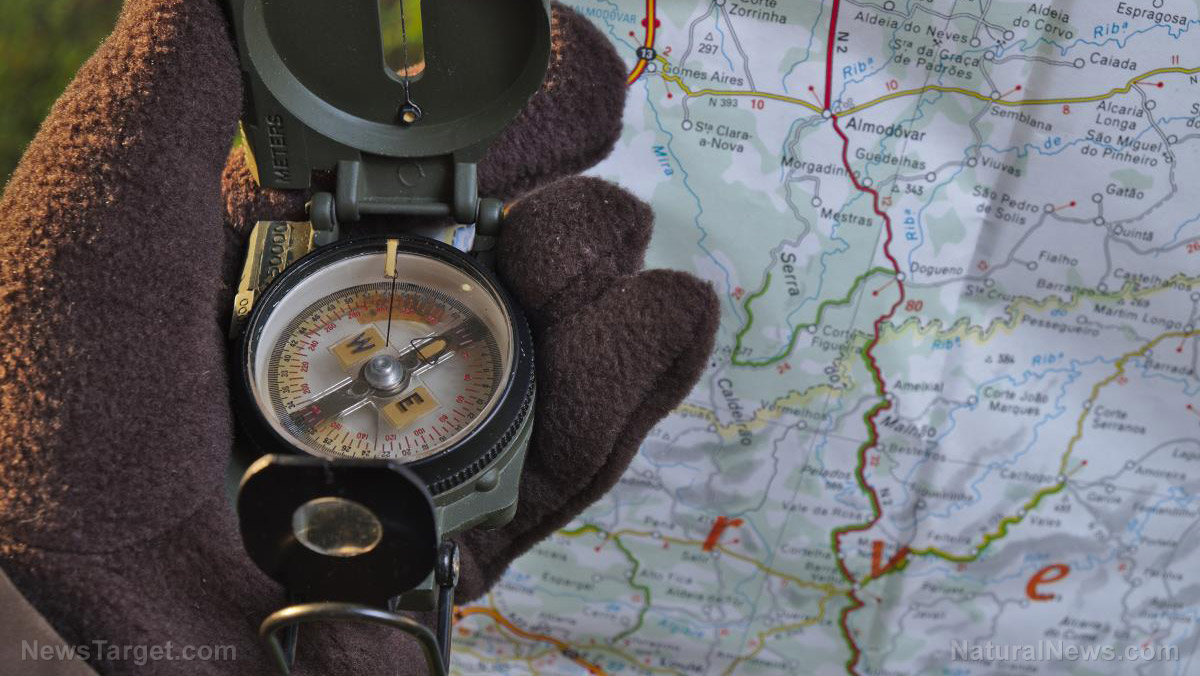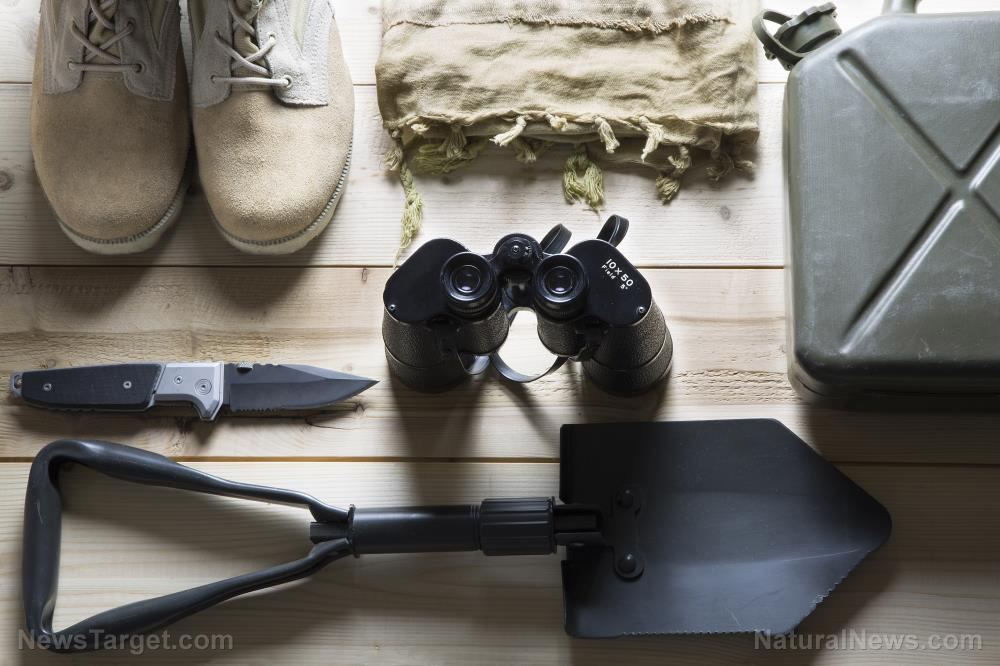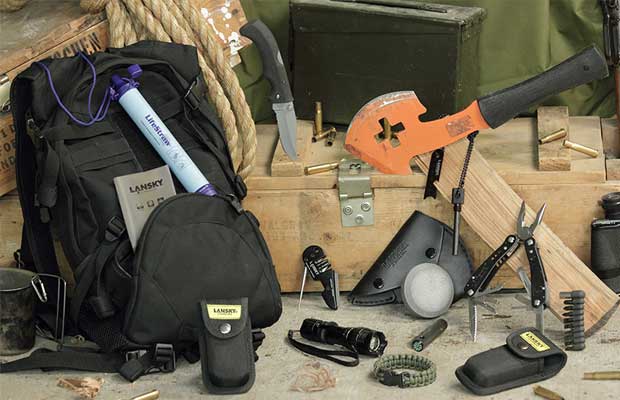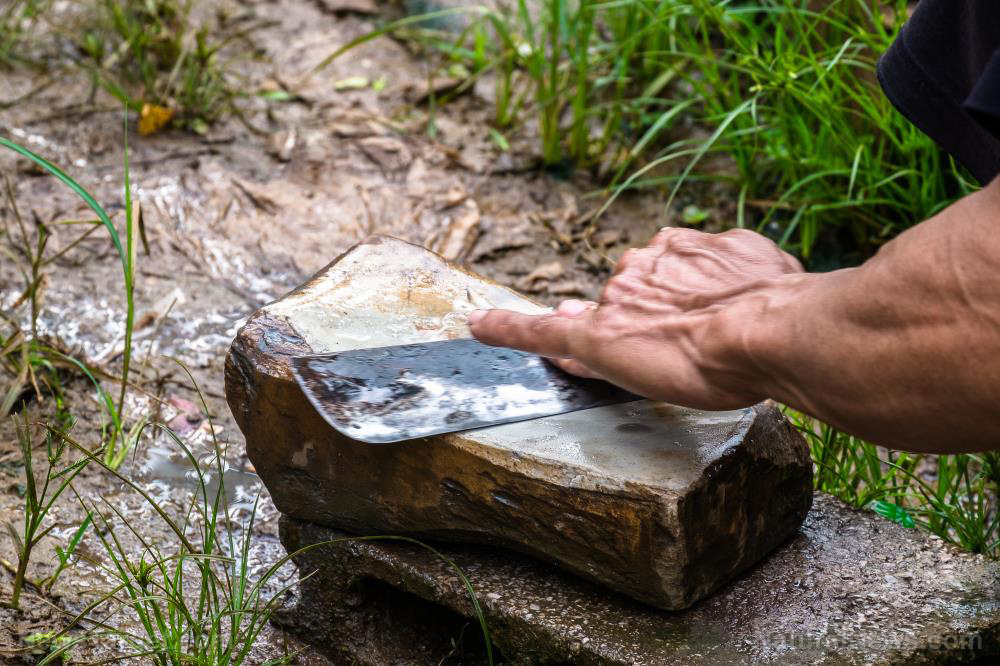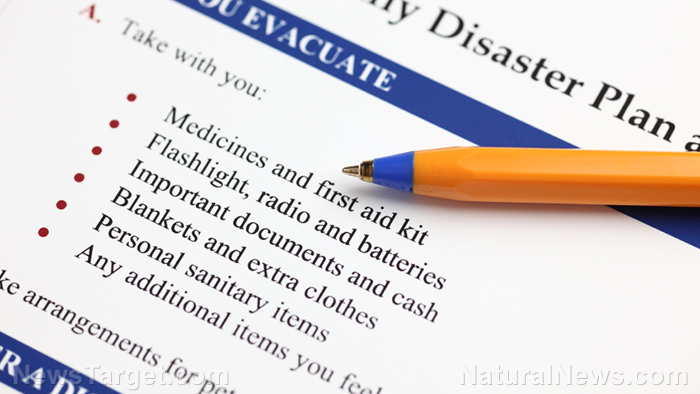Survival 101: How to build a bunker before SHTF
10/03/2019 / By Zoey Sky

As a prepper with a family, when SHTF, one of your top priorities is your family’s safety. If you have the resources, you can build a bunker that can protect you and your loved ones from a tornado or, depending on the structure of your bunker, a nuclear attack. (h/t to ThePrepperJournal.com)
While assembling a bunker is no easy task, it is possible once you decide on a location, receive the necessary permits, and acquire the tools and materials that you need.
Decide where you’re going to build your bunker
First, you need to choose your construction site. Select a location close to your home so you can reach the bunker quickly when SHTF.
You also need to answer several questions before building your bunker:
- What kind of soil does your potential bunker location have?
- Are there natural gas pockets below the area?
- How deep is the bedrock?
- Is there water below the location? How deep is it?
Visit potential locations or conduct a geological survey to determine which areas suit your survival needs. If you live in areas where the water table is close to the surface, you need to be careful during construction.
Another option is to build a surface bunker.
If there are underground pipes or wires in the digging location, you may need to find a new location. Alternatively, you can pay your city to relocate the utilities that run through your yard. (Related: Considerations you need to know before bugging out to a makeshift bunker.)
Acquire necessary building permits
The second step involves something very important: permits. Never start building before you’ve obtained permits. This may cost you money that could have gone into financing your bunker.
Sponsored solution from the Health Ranger Store: Lab-verified Nascent Iodine solution is a dietary supplement that provides your body with supplemental iodine to help protect your thyroid during radiation exposure. Nuclear accidents such as Fukushima (or nuclear war) can expose your body to radioactive iodine-131, a dangerous radioisotope. Pre-loading your system with stable iodine occupies the iodine receptor sites on your organs, causing your body to naturally expel radioactive iodine you may have been exposed to through air, food, water or milk products. This defensive strategy is recommended by nearly all health authorities, worldwide, including the Nuclear Regulatory Commission. Discover more at this link.
Consult the local city council or permitting office and inquire about the permits and how much they will cost.
Tip: When you’re applying for a permit, call your bunker a “storm shelter.” Most towns located in tornado-prone zones usually don’t have a problem with storm shelters.
Decide between a DIY or a pre-built bunker
The third step is deciding if it’s better to build a custom bunker or to install a pre-built unit.
If you’re building a DIY bunker based on your specifications, you’ll need cement and concrete. The former will be used as a binder for the latter.
When building a DIY bunker, you need to build frames that will support the vertical portions of the shelter and the ceiling once you’re ready to pour the cement in place.
Another option is to design a pre-built bunker using a steel cargo container or a large piece of underground piping. Pre-built bunkers can be customized to ensure your comfort during long-term scenarios.
A pre-built bunker can also be used as foundation for a custom bunker if you want to reduce construction time.
Dig the hole for your bunker
Even if you’re handy with tools, you may need to rent a backhoe or pay a company to dig the hole.
When digging the hole, leave at least two feet of soil above the bunker. This layer of soil will act as a buffer that protects you from gamma radiation during a nuclear strike.
For example, a 10-foot high bunker requires a 12-foot deep hole.
This step will vary depending on the materials you choose to use and the size of your bunker. Follow your plan and take your time during construction to ensure that the bunker is well-made.
Finalize the entrance/exit
Ideally, your bunker should have at least two entrances and exits so that if one entrance gets blocked when SHTF, your family can still escape through the second exit.
Use secured steel doors or bulkheads that can be lined with lead to protect you from nuclear radiation and other contaminants.
Prepare backup power and survival supplies
When SHTF, you can’t count on local power and utility grids for energy or water.
Consider options like generators (with enough fuel to last until the infrastructure is restored) or solar power. The electronic components of a solar power system may be susceptible to the electromagnetic pulse released by a nuclear strike, but with some necessary repairs, it can still provide power during an emergency.
During a long-term disaster scenario, you won’t have a chance to buy more food or medical supplies. Ensure that your bunker is self-sustaining by stocking up on food, water, medicine, and other supplies. Prepare enough supplies for at least several weeks or a couple of months.
You’ll also need to consider your oxygen supply. Since a bunker is a contained system, the air inside will eventually run out. Install a ventilation system and air scrubbers to eliminate contaminants and to keep your air safe to breathe.
During “quiet” times, a bunker may seem excessive, but a prepper knows that it’s better to be overprepared than underprepared. Select a suitable location, get the necessary building permits, and set up your bunker to ensure your survival when SHTF.
Sources include:
Tagged Under: backup power, bug in, bugging in, Bunker, Collapse, disaster, DIY bunker, emergency, nuclear attack, off grid, permits, pre-built bunker, preparedness, prepper, prepping, prepping tips, safety, self sufficiency, self-reliance, self-sustainability, SHTF, survival, survival skills, Survival Tips, survivalist, underground bunker, underground shelter
RECENT NEWS & ARTICLES
COPYRIGHT © 2017 · SURVIVAL NEWS



